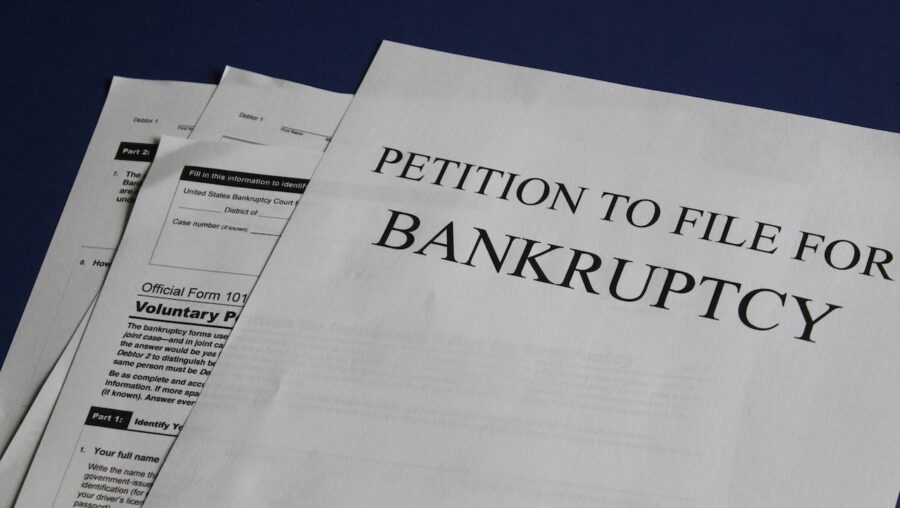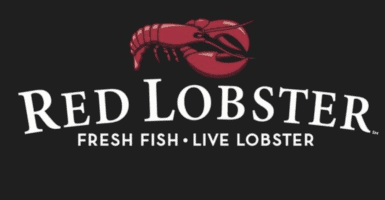Red Lobster Files For Bankruptcy, Going Away Forever?

You might have to say goodbye to all-you-can-eat shrimp and Cheddar Bay biscuits because Red Lobster, the largest seafood chain in the United States, is filing for bankruptcy. But if this casual dining eatery is your favorite restaurant, you don’t have to worry too much. Nearly 580 locations are staying open throughout North America.
And, if your location wasn’t spared, you probably already know it. Dozens of Red Lobster locations were abruptly shuttered last week, with their equipment and furnishings swiftly auctioned off as a precursor to the bankruptcy announcement.
Not All Bad News For Red Lobster

But it’s not all bad news. Since March, Red Lobster has been led by CEO Jonathan Tibus, a corporate restructuring expert who is steering the company through this turbulent period.
Tibus cited several factors contributing to the chain’s financial woes, including a challenging economic climate, an oversized and underperforming network of restaurants, unsuccessful or poorly considered strategic decisions, and heightened competition in the restaurant industry.
Red Lobster Staying Afloat?

For those who love affordable seafood and airy, flaky biscuits, Tibus is doing his best to keep Red Lobster afloat. Bankruptcy and auctioning off the freezers, ovens, booths, and lobster tanks is just the start of his plan. The result, he hopes, is to save the company from drowning completely.
Red Lobster’s current predicament is the culmination of a decade-long struggle. Founded in 1968, the chain experienced significant growth throughout the 1980s and 1990s, becoming a staple for American diners celebrating special occasions.
Abandoning Locations

However, in recent years, the restaurant has found itself squeezed between upscale local dining options and the rise of quick-service competitors like Shake Shack and Surfside Taco.
The turning point came a decade ago when private equity firm Golden Gate Capital acquired Red Lobster from Darden Restaurants.
The deal included selling the restaurant’s real estate, forcing the chain to pay rent on its locations. This added financial burden has been a critical factor in the company’s bankruptcy filing, with the court asking to reject 108 leases, allowing the seafood restaurant to abandon those locations.
Bankruptcy Blames

Since 2020, Red Lobster has been majority-owned by Thai Union Group, a seafood supplier known for the Chicken of the Sea brand.
The bankruptcy filing attributes significant blame to Thai Union and former CEO Paul Kenny, citing mismanagement and interference in daily operations. Thai Union’s tenure saw extensive cost-cutting measures and high executive turnover, including a period without a CEO.
Ultimate Endless Shrimp

But that’s just the tip of the shrimp tail. One of the most notorious strategic missteps Red Lobster took was the “Ultimate Endless Shrimp” promotion. Intended as a permanent reboot of a classic promotion, the all-you-can-eat shrimp offer initially priced at $20 backfired spectacularly.
While the promotion succeeded in attracting more customers to Red Lobster locations, many diners spent hours consuming shrimp without purchasing additional items, leading to substantial losses for the company.
Thai Union CEO Thiraphong Chansiri later cited this promotion as the primary cause of an $11 million loss in a single quarter.
Can The Brand Stabilize?

In January, Thai Union effectively relinquished its stake in Red Lobster, paving the way for the bankruptcy filing.
This week’s Chapter 11 filing includes a prearranged “stalking horse” bid from Red Lobster’s lenders, which sets a baseline price for the chain unless a higher bid emerges.
As Red Lobster navigates this restructuring process, the focus will be on stabilizing the brand and securing its future amidst a competitive and evolving dining landscape.
Source: NPR












